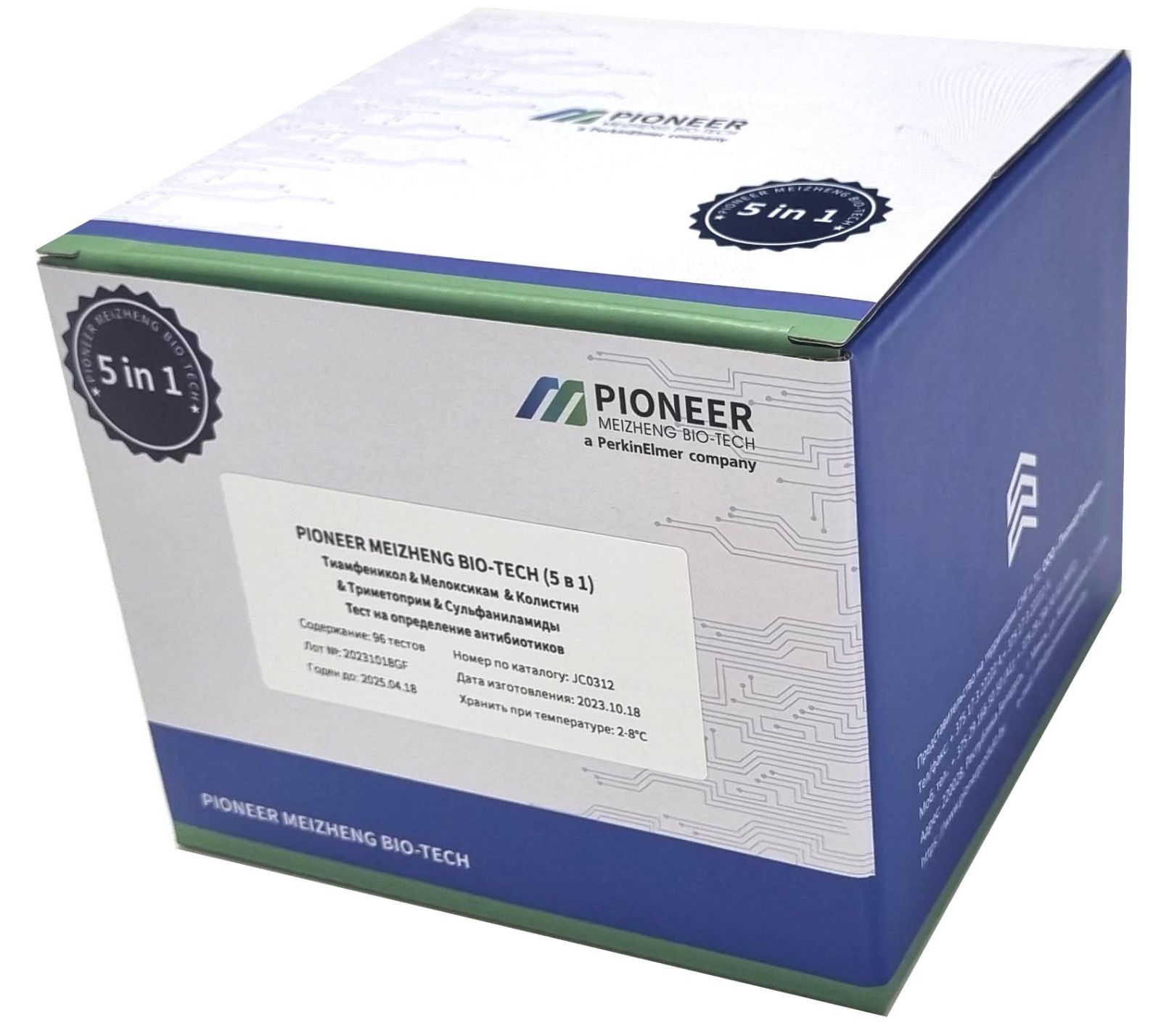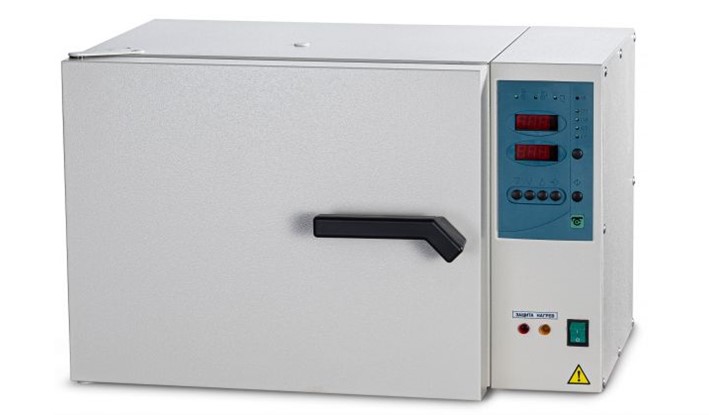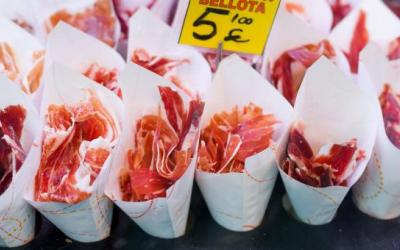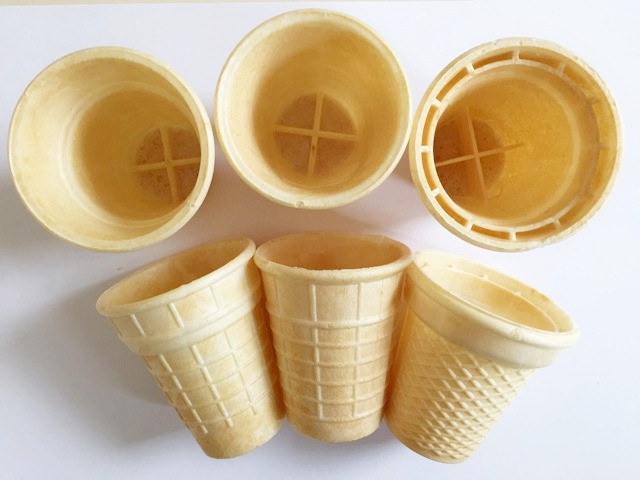Feed prices show a trend towards stabilization
If at the end of 2021 our country produced 31.95 million tons of mixed feed, then in the past the figure was already 34.2 million tons. In the production structure, most of the feed falls on poultry and pigs - 49% and 41.9% The share of cattle accounts for only 8.5% of feed in the overall structure of their output, Manaenkov cited the data. However, he stressed, this is due to the fact that green fodder occupies a significant place in the diet of cattle. “But now there is an increase in the share of concentrated feed in the diet of cattle, and nutritionally balanced feed is gradually replacing grain and green feed, and in the future, nutritionCattle will consist entirely of compound feed,” he predicts. This trend is confirmed by the high share of the production of premixes for cattle in the structure of the total output of these components, as well as the growth in the production of feed for this livestock sector, which amounted to 2.86 million tons at the end of last year, while in 2021 the indicator was at the level of 2, 65 million tons, and in 2020 - 2.45 million tons.
The production of premixes in RUSSIA is also growing: if in 2021 the volume amounted to 499.1 thousand tons, then last year it was 519.9 thousand tons. Although, Manaenkov noted, I would like the increase in the production of these products to proceed more intensively .
According to the results of last year, the average prices for compound feed in our country decreased relative to 2021 from 24.6 thousand rubles/t to 20.9 thousand rubles/t. In January and February of the current year, the average prices for compound feed, according to the Union, amounted to 20.9 thousand rubles/t and 21 thousand rubles/t, respectively. At the same time, prices for premixes have been increasing since the second half of 2021, but since June last year they have started to decline. In February this year, they amounted to 164.3 thousand rubles/t against 199.7 thousand rubles/t in the same period of 2022.
“Another important component of the animal diet, which makes it possible to increase the level of feed production, is feed protein,” Manaenkov noted. Prices for it in February of this year were set at the level of 14 thousand rubles/t, a month earlier they were slightly lower - 13.86 thousand rubles/t, and in February and January 2022 they were within 17.2 thousand RUB/t and 17.4 thousand RUB/t, respectively.
That is, there is a tendency to stabilize prices for feed components, summed up Manaenkov. “However, we are concerned about the rise in prices for feed additives,” he noted. Russia depends almost completely on the supply of amino acids and vitamins , and 80% on the import of feed enzymes. “These components are 30% more expensive for Russia than in the European Union,” Manaenkov said. He believes that it is necessary to develop and increase the production of feed additives in our country.


























































